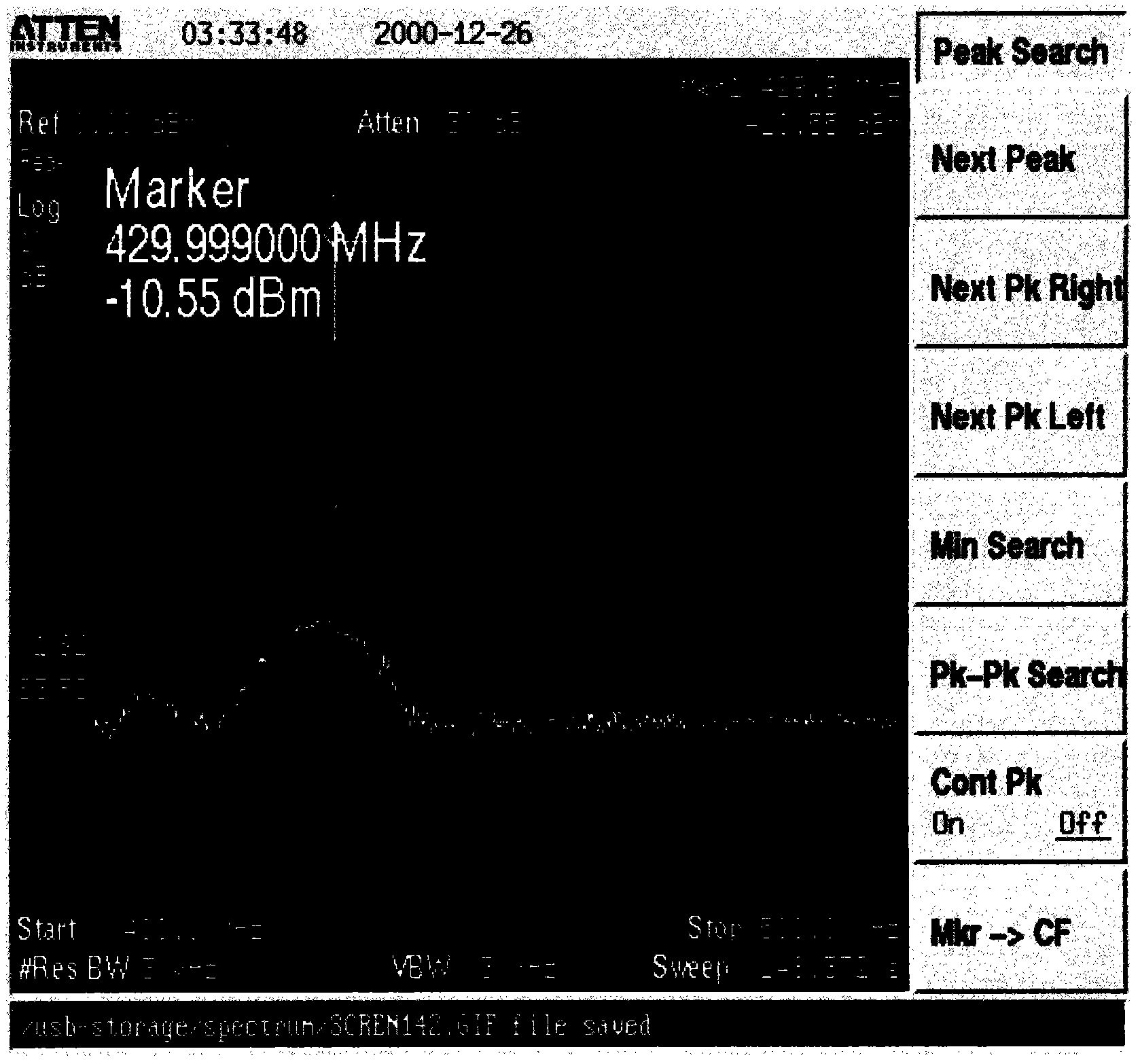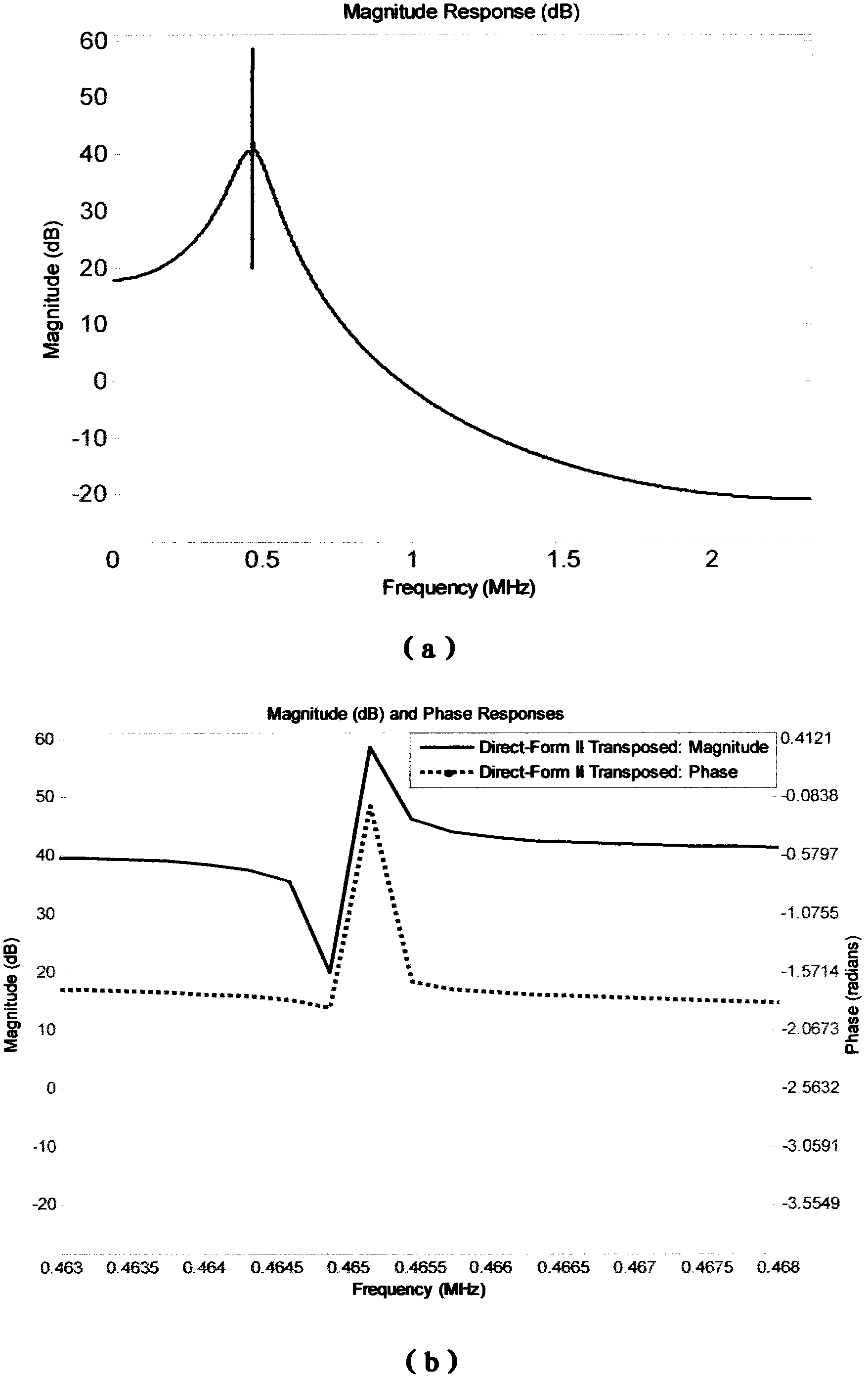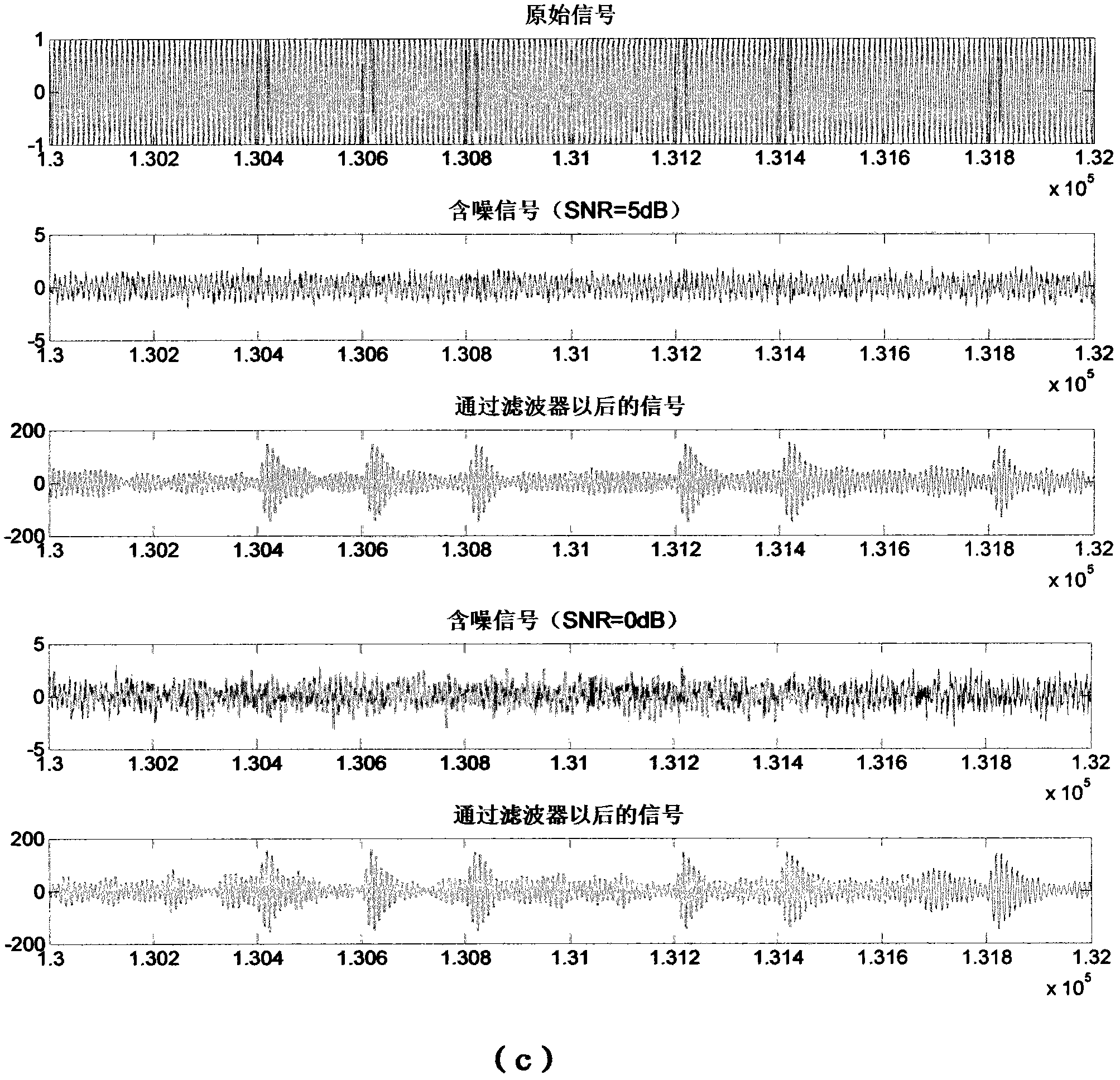Asymmetric binary modulation signal receiver
A modulation signal, asymmetric technology, applied in the direction of modulation carrier system, electrical components, digital transmission system, etc., can solve the problems of high price, high power consumption, unfavorable promotion and integration, etc., achieve performance improvement, improve demodulation performance, Achieving Simple and Inexpensive Effects
- Summary
- Abstract
- Description
- Claims
- Application Information
AI Technical Summary
Problems solved by technology
Method used
Image
Examples
Embodiment Construction
[0056] The present invention will be described in detail below with reference to the accompanying drawings and in combination with embodiments.
[0057] An asymmetric binary modulation signal receiver, the received signal is the ABSK modulation signal generated and transmitted according to formula (3), especially according to its most important subset, that is, the commonly used special case (4) formula generated and transmitted EBPSK modulated signal.
[0058] The asymmetric binary modulation signal receiver of the present invention mainly includes a down-converter and an EBPSK demodulator, wherein the down-converter is commonly used in classical communication receivers, and the purpose is to convert the frequency of the EBPSK modulation signal from a higher radio frequency to a lower frequency. Low IF for easy demodulator processing. The EBPSK demodulator includes an analog shock filter to highlight the phase modulation information of the received signal, improve demodulati...
PUM
 Login to View More
Login to View More Abstract
Description
Claims
Application Information
 Login to View More
Login to View More - R&D
- Intellectual Property
- Life Sciences
- Materials
- Tech Scout
- Unparalleled Data Quality
- Higher Quality Content
- 60% Fewer Hallucinations
Browse by: Latest US Patents, China's latest patents, Technical Efficacy Thesaurus, Application Domain, Technology Topic, Popular Technical Reports.
© 2025 PatSnap. All rights reserved.Legal|Privacy policy|Modern Slavery Act Transparency Statement|Sitemap|About US| Contact US: help@patsnap.com



